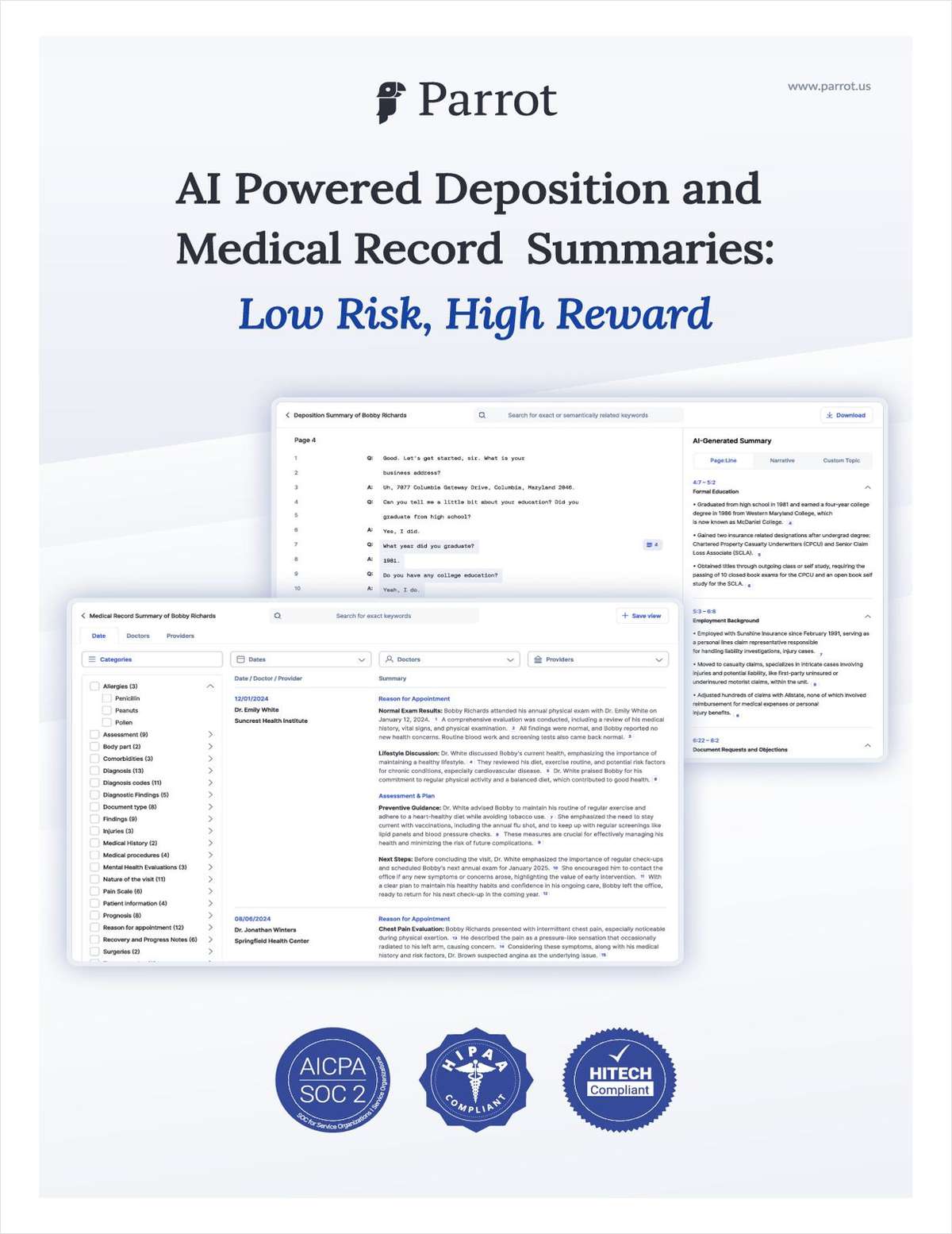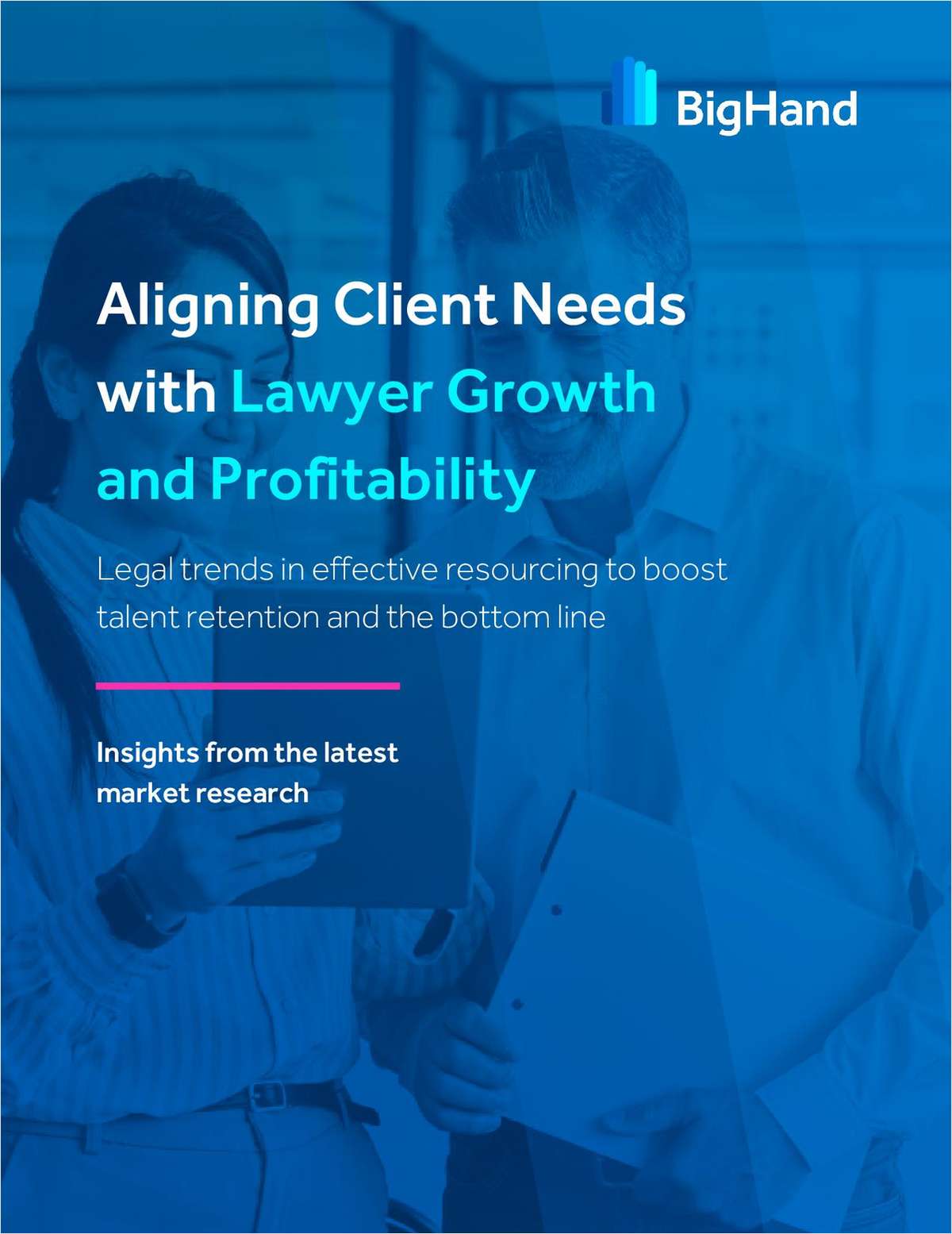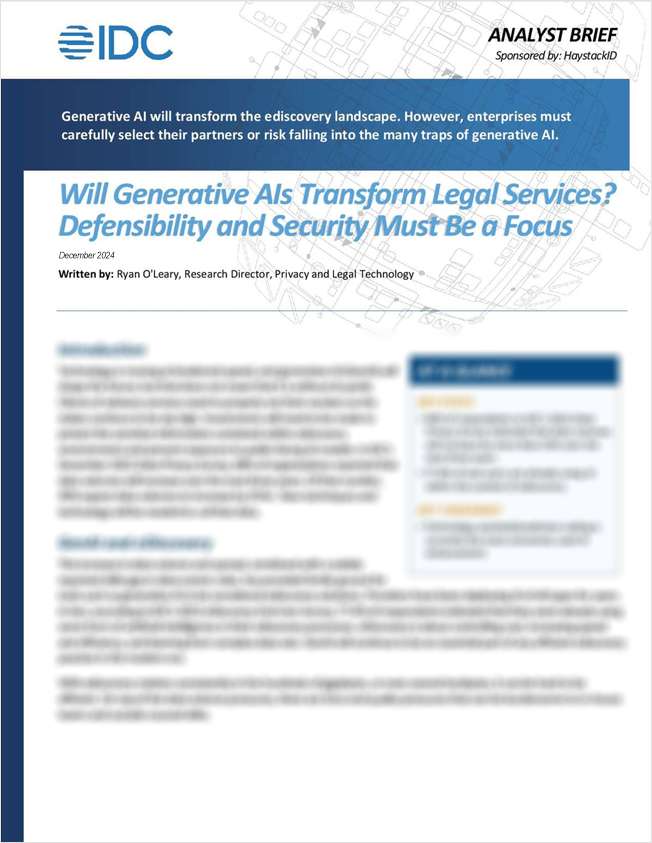24. Post Pandemic Leadership Challenges: Project-Led WFH
Don't just look down and in, remember to look up and out. The law is a service industry, so don't just look within the firm, look at what's in the clients' interests. Viewed through this prism, the question of hybrid work from home suddenly becomes a lot clearer.
October 14, 2022 at 01:22 PM
3 minute read
The original version of this story was published on Lean Adviser
This lesson continues the mini-series on leadership challenges in the post-pandemic era, focusing on working from home (WFH). Previously, we discussed how hybrid WFH is here to stay, and concluded that if done right, it can benefit individual attorneys, firms and clients. Having looked at attorneys, now we look at clients.
One of the reasons some law firms struggle with return-to-work is that they don't really know why they want it. There is a sense that the pandemic is over (President Biden has said it is) and we have these expensively appointed offices, so why don't the attorneys just come back in, and we'll go back to how it was before.
But those firms are hankering for a return to a normal that doesn't exist anymore. So why are law firms so anxious to get people back in the office? Maybe it's something steeped in the psyche of lawyers about respecting precedent and doing things the way we've always done them and not acknowledging the sea change, similar to why many firms lost talent during the talent wars.
One key tenet of Lean Adviser is don't just look down and in, remember to look up and out. The law is a service industry, so don't just look within the firm, look at what's in the clients' interests. Viewed through this prism, the question of hybrid work from home suddenly becomes a lot clearer.
If you apply the principles of lean to WFH, what do you get? You let the assignment decide where the work should be done. This idea of 'Project-led WFH' allows the task at hand to dictate where the lawyers work, how they interact with each other and the client. This approach puts the work in service of the assignment, and lets the task at hand decide where — and even when — makes most sense.
Project-led WFH meets all the attributes of lean, which clients tell us are the big differentiator. It's efficient, effective, structured and client-driven. It also addresses a key concern of the professional indemnity community. Insurers have noted an uptick in claims associated with WFH, where mentoring, monitoring and supervision are identified as factors. But the answer isn't bringing people into the office on three random days a week, regardless of the task at hand.
If you want to mitigate risk around supervision, go to Project-led WFH. If it's a deep dive into documents or drafting, then work from home. If it's in context appreciation, project planning, risk analysis, brainstorming or problem solving, then meet in the office. If it's investigation, then go to the site, and if it's client collaboration, then meet with the client, which, depending on the client's perspective and their own return-to-office policy, could either be visiting the client at their office like in the "good old" days or from each other's living rooms.
As we continue this discussion, we'll look more closely at reliability, operational safety and loss prevention.
NOT FOR REPRINT
© 2025 ALM Global, LLC, All Rights Reserved. Request academic re-use from www.copyright.com. All other uses, submit a request to [email protected]. For more information visit Asset & Logo Licensing.
You Might Like
View All
Longtime AOC Director Glenn Grant to Step Down, Assignment Judge to Take Over
4 minute read
Hours After Trump Takes Office, Democratic AGs Target Birthright Citizenship Order
4 minute read
Hicks Johnson Promotes Lori Arakaki and Daniel Scime to Firm Partnership
2 minute read
IAG Forensics & Valuation is excited to announce promotions at our firm effective 1/1/2025.
1 minute readTrending Stories
Who Got The Work
J. Brugh Lower of Gibbons has entered an appearance for industrial equipment supplier Devco Corporation in a pending trademark infringement lawsuit. The suit, accusing the defendant of selling knock-off Graco products, was filed Dec. 18 in New Jersey District Court by Rivkin Radler on behalf of Graco Inc. and Graco Minnesota. The case, assigned to U.S. District Judge Zahid N. Quraishi, is 3:24-cv-11294, Graco Inc. et al v. Devco Corporation.
Who Got The Work
Rebecca Maller-Stein and Kent A. Yalowitz of Arnold & Porter Kaye Scholer have entered their appearances for Hanaco Venture Capital and its executives, Lior Prosor and David Frankel, in a pending securities lawsuit. The action, filed on Dec. 24 in New York Southern District Court by Zell, Aron & Co. on behalf of Goldeneye Advisors, accuses the defendants of negligently and fraudulently managing the plaintiff's $1 million investment. The case, assigned to U.S. District Judge Vernon S. Broderick, is 1:24-cv-09918, Goldeneye Advisors, LLC v. Hanaco Venture Capital, Ltd. et al.
Who Got The Work
Attorneys from A&O Shearman has stepped in as defense counsel for Toronto-Dominion Bank and other defendants in a pending securities class action. The suit, filed Dec. 11 in New York Southern District Court by Bleichmar Fonti & Auld, accuses the defendants of concealing the bank's 'pervasive' deficiencies in regards to its compliance with the Bank Secrecy Act and the quality of its anti-money laundering controls. The case, assigned to U.S. District Judge Arun Subramanian, is 1:24-cv-09445, Gonzalez v. The Toronto-Dominion Bank et al.
Who Got The Work
Crown Castle International, a Pennsylvania company providing shared communications infrastructure, has turned to Luke D. Wolf of Gordon Rees Scully Mansukhani to fend off a pending breach-of-contract lawsuit. The court action, filed Nov. 25 in Michigan Eastern District Court by Hooper Hathaway PC on behalf of The Town Residences LLC, accuses Crown Castle of failing to transfer approximately $30,000 in utility payments from T-Mobile in breach of a roof-top lease and assignment agreement. The case, assigned to U.S. District Judge Susan K. Declercq, is 2:24-cv-13131, The Town Residences LLC v. T-Mobile US, Inc. et al.
Who Got The Work
Wilfred P. Coronato and Daniel M. Schwartz of McCarter & English have stepped in as defense counsel to Electrolux Home Products Inc. in a pending product liability lawsuit. The court action, filed Nov. 26 in New York Eastern District Court by Poulos Lopiccolo PC and Nagel Rice LLP on behalf of David Stern, alleges that the defendant's refrigerators’ drawers and shelving repeatedly break and fall apart within months after purchase. The case, assigned to U.S. District Judge Joan M. Azrack, is 2:24-cv-08204, Stern v. Electrolux Home Products, Inc.
Featured Firms
Law Offices of Gary Martin Hays & Associates, P.C.
(470) 294-1674
Law Offices of Mark E. Salomone
(857) 444-6468
Smith & Hassler
(713) 739-1250








